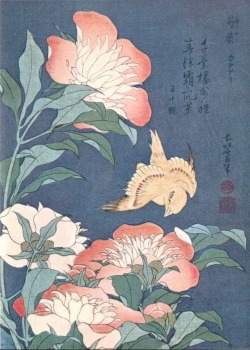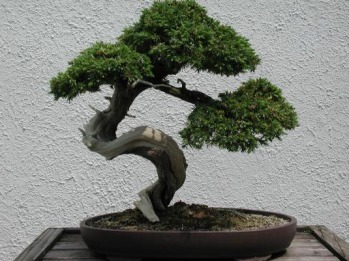Describe themes associated with Japanese art forms.

A Japanese Painting
The art of Japan all revolved around two main themes. These two themes were the ideas of simplicity and the love of nature's beauty. One art form used by the Japanese was calligraphy. Calligraphy was the practice of creating beautiful writing to express their artistic points of view. The slightest changes to this calligraphy, whether in the size or shape of the brush stroke, could completely alter the meaning of a word. Calligraphy could also become so art-like that the words begin to become unreadable. The art of calligraphy and painting on scrolls and silk began for the Japanese in the 600's. The art of the Japanese was all usually associated with landscapes, historic events, and daily life. Small messages could sometimes be written on the art itself, usually in a type of calligraphy. These messages could be descriptions of the painting or even something saying, "Good fortune is near you." . They could be like the fortune part of a fortune cookie. When Buddhism began to arrive in Japan, some Buddhists brought along new ideas of art to the Japanese. This new form of art really involved the beauty of nature, for it was flower arranging. Flower arranging was very important to the Japanese who practiced Zen Buddhism, for it was very simple and was thought to bring peace to the mind. Flower arranging mainly emphasized the simplicity of the arrangements and tried to show off nature's true beauty. Another form of natural art the Japanese practiced was their greatly know bonsai tree art. This art was performed by growing miniature trees or shrubs that could be shaped and cut to grow in certain directions and to certain heights. These trees or shrubs would often be placed in trays or pots and carefully watched over. Landscapers of Japan often would attempt to capture as much natural beauty as possible. One main garden landscapers would create is called a Zen garden. This type of garden mainly focuses on the principles of Zen. They would try to create a place that the people could feel at peace with nature and think quietly. Zen gardens would usually contain many pathways and stones, but not as much green wildlife, like trees or flowers. Even today in Japan, flower arranging and Zen gardens are still very important to the Japanese.

